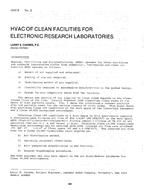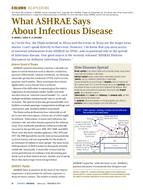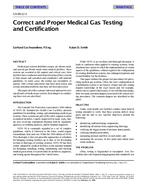There are four general sources of heat to consider in the calculation of refrigeration requirements for storage of fresh or frozen food products. These are: the product load, the heat gain through the surfaces of the room, air leakage into the refrigerated space, and the miscellaneous loads such as heat gain from lights, electric motors, men working in the room and other heat producing sources (1). We are concerned with the product load in this discussion. Tables in the Chapter “Thermal Properties of Foods”, to be published in the ASHRAE Handbook of Fundamentals, 1977 Volume, provide values of the thermal properties of food that can be used to calculate the amount of heat that must be removed to cool the product, to freeze it or to heat it. If the food product is a fruit or vegetable the heat of respiration must also be considered as part of the product load. A table is included in the Chapter giving values of the heat evolved as a result of respiration of various fruits and vegetables at different temperatures.
This paper deals chiefly with the effects of water content and heat produced by respiration on the magnitude of product heat load in refrigerated storage. While the discussion is concerned primarily with these effects on fresh fruits and vegetables, the logic with respect to water content also applies to other products, fresh or frozen.
Citation: Symposium, ASHRAE Transactions, Volume 83, Part 1, Chicago, IL
Product Details
- Published:
- 1977
- Number of Pages:
- 6
- File Size:
- 1 file , 550 KB
- Product Code(s):
- D-CH-77-05-1


